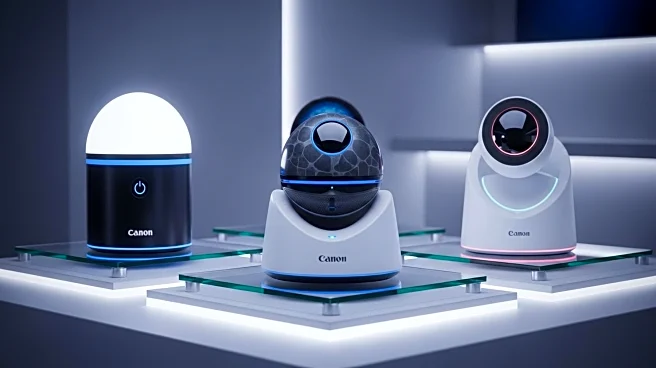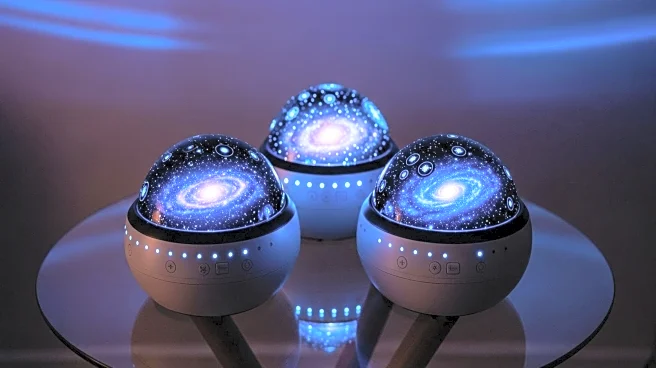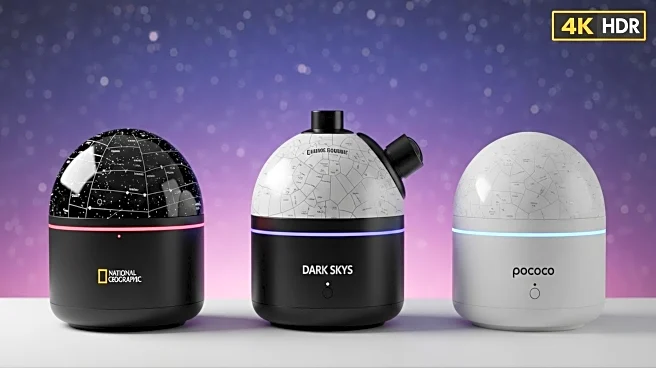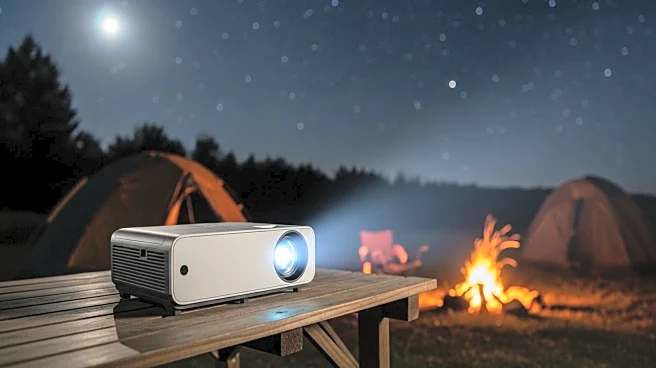What's Happening?
A comparison of three popular home planetariums—National Geographic Astro Planetarium, Dark Skys Pocket Planetarium, and Pococo Galaxy Star Projector—reveals their unique features and functionalities. The National Geographic model stands out with its rotation, speaker, and sleep timer, offering realistic projections based on date and time. The Dark Skys model, while portable, lacks some features but provides realistic Northern Hemisphere constellations. Pococo offers a sleep timer and realistic imagery through disks, but lacks a speaker and remote control.
Why It's Important?
Home planetariums serve as educational tools and entertainment devices, enhancing learning experiences in astronomy. The comparison highlights the importance of features like realistic projections and user-friendly functionalities, which can influence consumer choices. As interest in astronomy grows, these devices offer accessible ways to explore the night sky, making them valuable for both educational purposes and personal enjoyment.
What's Next?
Consumers interested in purchasing a home planetarium will need to consider their priorities, such as portability, projection quality, and additional features like speakers and timers. The market may see further innovations as manufacturers strive to enhance user experience and meet diverse consumer needs. Reviews and comparisons like this one will continue to guide buyers in making informed decisions.











